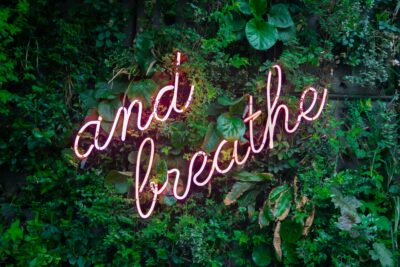
Today’s blog is written by Christian Gerike who has been engaged in a variety of meditation practices and attending meditation retreats for more than 15 years. He has a Master’s degree in Psychology from Sonoma State University, California.
You can read more blogs he has written for Mindfunda: Sleep Well, Remembering Dreams (Click to read more), How to Remember your Dreams (Click to read more) and Starting a Dream group (Click to read more).
Meditation assists in understanding how the mind works, living in the present moment, and calming the mental noise that we carry around. The meditation experience can be quite enjoyable, though at times daunting to maintain as a practice. Meditation leads to calmness, better focusing, and greater awareness of the body. It can lead to living your life better in a more fulfilling meaningful manner as one asks: “what is this, what am I?” With meditation can come an awareness that within one’s self is a strong connection to the fundamentals of existence, the universe. One can also feel the possibility of great opening of awareness. Meditate to:
· reduce and quiet internal and external noise and stimuli
· allow awareness and inquiry
· accept what is
· increase equanimity
· appreciate quiet
· become increasingly aware of and respond to unconscious thought
Meditation can also solely be for dwelling in the present moment, as its own relaxing in-and-of-itself experience. No goal, just quietly sitting.

Meditation, sitting quietly without thoughts, is simple in concept; not quite as simple in execution. Find a pleasant quiet place where you can be alone. After some practice you will find that total quiet is not necessary. One can sit in traditional positions on the ground or a pillow, legs crossed, the hands in a specific position. But, sitting in a chair works just as well (there is also walking meditation and lying down meditation). Sit erect, but be comfortable and relaxed. A good straight back chair will do, do not lean into the back rest, but sit in the front two thirds of the chair, have your feet flat on the ground, hips slightly higher than your knees, resting your palms on your knees is fine, as is in your lap, no special positions are needed. Have your head erect, but slightly tilt your chin downward. You are ready to begin.
With eyes closed, focus on your breath, wherever you notice it and where it is comfortable to do so. Notice the breath coming in and going out, notice the small pause in the breath as you switch from in to out and out to in, notice if breaths are short, long, fast, slow. Just pay attention to your breath, do not try to change or control it. The breath, on its own, will slow down to a quiet steady rhythm. Focus on your breath as it comes and goes through the nose, or just right outside of the nostrils, or the rise and fall of your chest, or breathing as a whole; whatever is comfortable and you can focus on.

It may take but a moment for your thoughts to start wandering, you will find a whole lot of chatter going on in your mind – this is known as the monkey mind. The name is apt, monkey mind activity is normal. Let your thoughts just float through you, do not judge them as good or bad, just observe them. When you realize that you have mentally wandered, come back to your breath. The mind will wander many many times in one’s meditation practice, which is normal. Focusing on the breath is concentration meditation.
Eventually you will find yourself paying more and more attention to your breath and less and less to the monkey mind. During the meditation there is the possibility that emotionally troublesome thoughts about one’s self will come to mind. This is normal. Also, there will be times that you will have profound thoughts during mediation, go with them, you will learn a lot about yourself and the world. Working with such thoughts is analytical meditation.

When first starting meditation, try for about 10 minutes and work your way up to 20, 30, 40 minutes or whatever amount of time you feel comfortable with. It is better to meditate 20 minutes every day rather than 1 hour every 3 days; for that matter it is better to meditate 15 minutes a day rather than 1 hour every 3 days; one ten minute session a day is better than no sessions a day. There are not any time goals, this is not a competition and definitely not a marathon. Try to meditate every day, but do not worry if you do not succeed at that.
Basically, close your eyes, sit still, sit upright, breathe in, breathe out, when the mind wanders come back to your breath. Much of the secret of meditation is to come back and focus on your breath as a way of centering the mind. Your mind will wander, again and again. Return to your breath, again and again.
Our Current Courses (Click to find out More)
Sign up for our free e-book: 10 easy ways to instantly improve your dream memory

